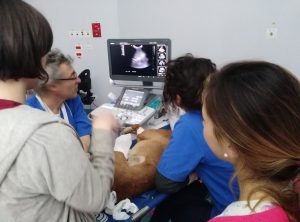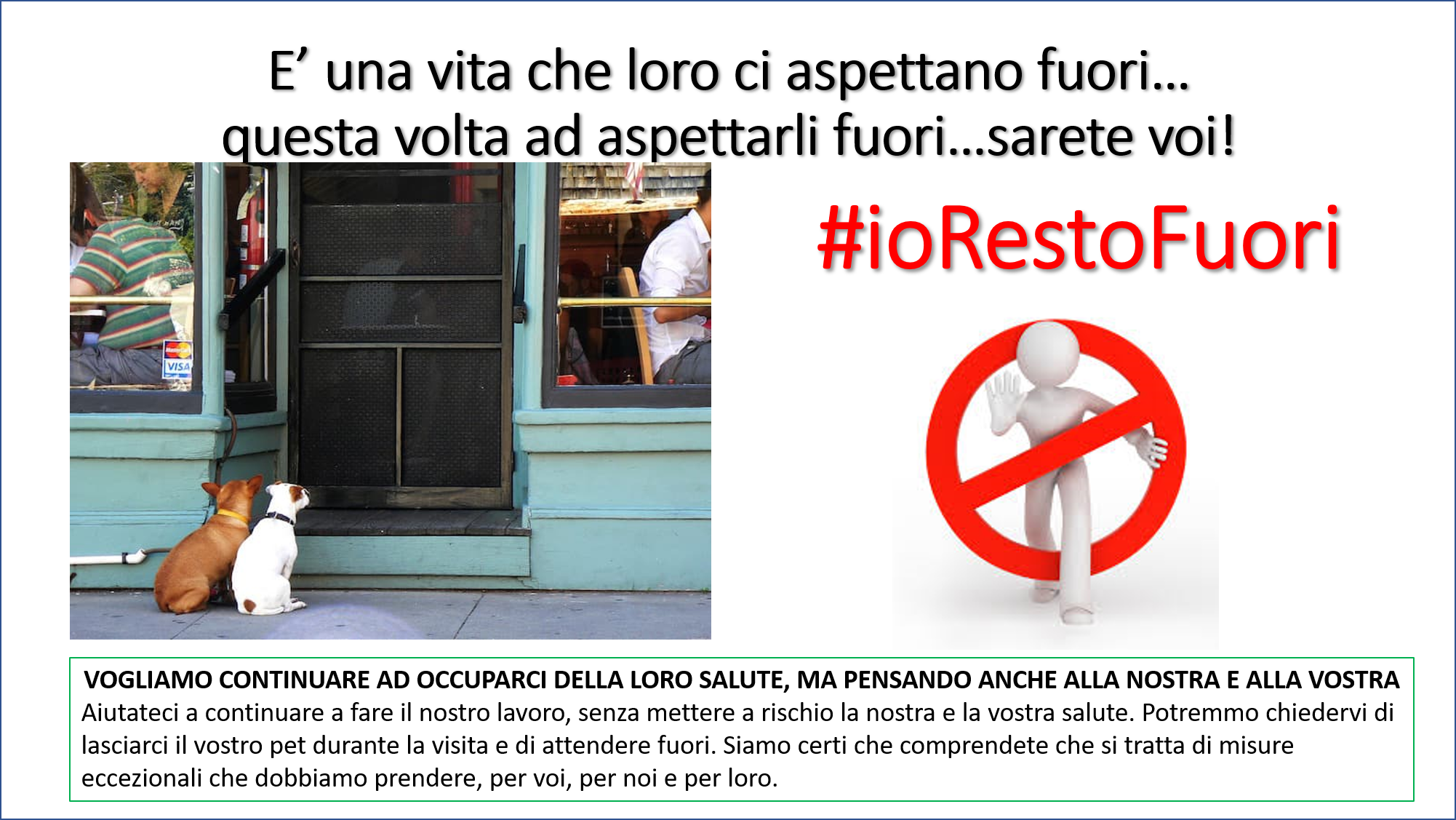Parasternal thoracotomy: review of 28 cases
Parasternal thoracotomy: review of 28 cases
Massimo Frizzi*, Laura Ballarini, Davide Costa, Nicola De Quarto
Surgery Department, San Marco Veterinary Clinic, Veggiano, Italy
(* corresponding author)
Abstract:
Pericardiectomy is the preferred surgical procedure for the treatment of pericardial effusions with cardiac tamponade. Surgery is indicated in all cases of recurrent effusions after pericardiocentesis. Aim of this paper is to selectively use the new minimally invasive pericardiectomy technique and to document the results in a series of twenty-five cases. Twenty-five dogs underwent complete blood and urine tests, ultrasound examination, pericardiocentesis and CT scan. In all cases the pericardiectomy was performed via a left parasternal, thoracotomy, two cm long, through the seventh intercostal space. All dogs had a neoplastic mass at the base of the heart and no recurrence of the pericardial effusion after surgery. Only one patient had pneumothorax after surgery, resolved with a single thoracentesis. In five cases there was a mild ventral pneumomediastinum, which did not require any treatment. In all the other subjects no signs of pneumothorax or pneumomediastinum were present at the post-operative radiographic examination. All dogs were discharged 24 hours after surgery. In one case there was dehiscence of the skin wound, which require revision surgery with subsequent healing. In all the other cases the surgical wounds healed without complications. Parasternal pericardiectomy may be a good option for the minimally invasive treatment of recurrent pericardial effusions, particularly in the presence of neoplastic lesions of the heart base. The morbidity of the approach is similar to that of other known minimally invasive procedures but it is potentially faster and easier to perform. No dedicated instrumentation is required.
View the full article: PARASTERNAL THORACOTOMY: REVIEW OF 28 CASES
Pericardium fenestration






 Il Direttore Sanitario Dott. Marco Caldin
Il Direttore Sanitario Dott. Marco Caldin